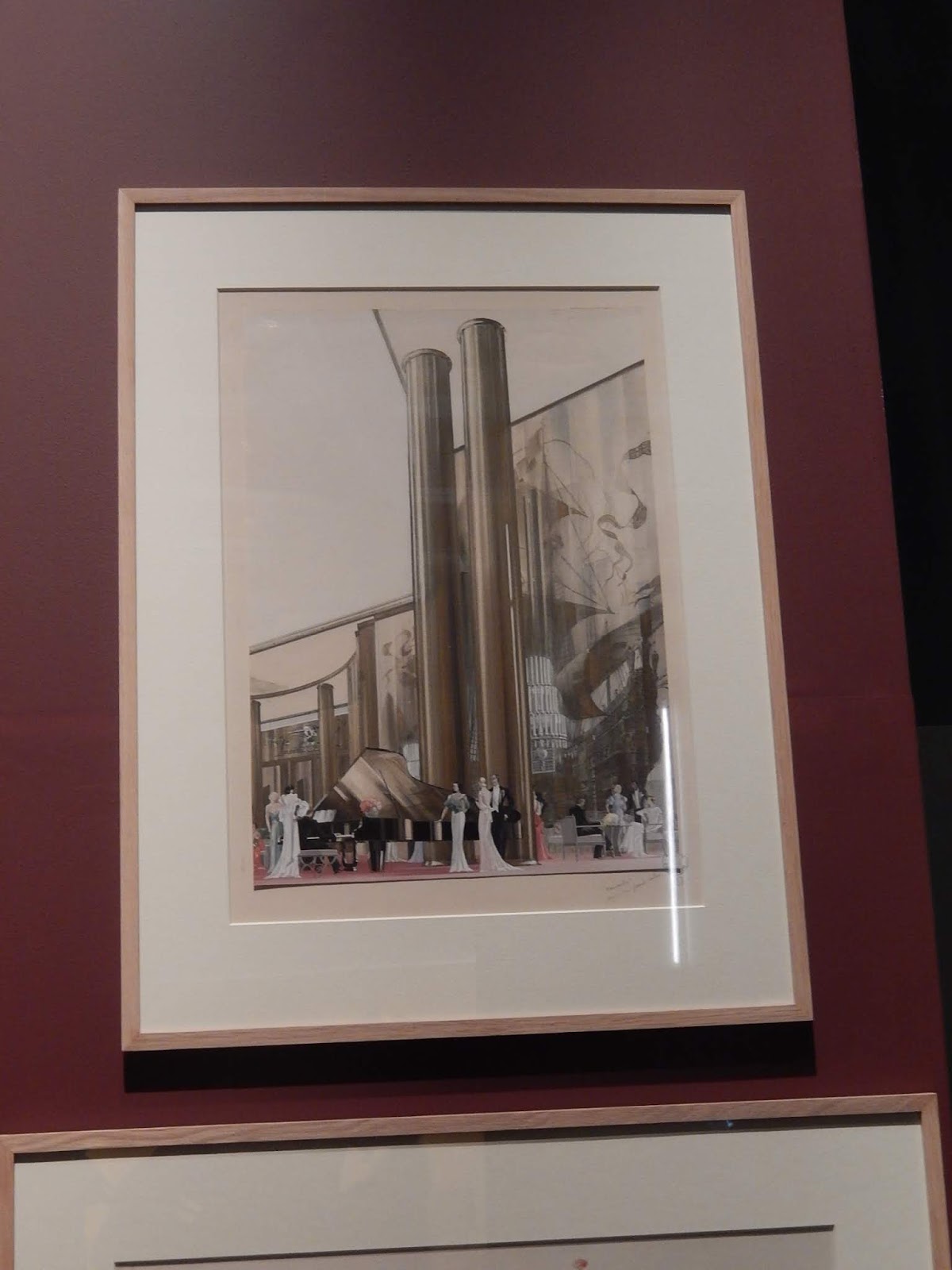A hazard of travel is getting sick. In April I was flying from London to Seattle, all the while the man in the seat behind me was coughing. Of course, a few days later I came down with a horrific cold followed by a sinus infection. And then I was off to Germany to take a tour that filled in a few gaps from previous visits.
All this is my sorry excuse for not researching something I had planned to do in Berlin, namely track down the
Reichsluftfahrtministerium. It was the headquarters of Hermann Göring's Aviation Ministry and for some reason survived Allied bombings and Russian artillery during World War 2. That is, it's the only remaining major Nazi-era building in the city -- a real curiosity. (Background information can be found
here.)
I had a free day to rattle around Berlin, visiting places I'd seen before and looking for new buildings, stores and such things that comprise a thriving city. Towards the end of the day I suddenly remembered that it would be nice to track down the
Reichsluftfahrtministerium. Except I didn't know where it was other than it probably would have been near the Wilhelm Strasse, the avenue where ministries had tended to be since the Kaiser's day.
Gallery
I thought this building might be it. It's on Mohren Strasse just off Friedrich Strasse and a block east of Wilhelm Strasse. It does look the part, having that stripped-down classical style coupled with a kind of functionalism popular in many countries in the 1930s. But it wasn't the Reichsluftfahrtministerium, as I found out once I got home and could do some research. As I write this, I still don't know anything about it. It might be a Nazi-era structure, but in that case it should have been heavily damaged during the war. Perhaps it was a Communist-era building. If any reader knows what it is, let us know in a comment.
As I discovered once I got home, this was the Reichsluftfahrtministerium. The view is of the end facing Leipziger Strasse near the corner of Wilhelm Strasse -- the rest of it takes up most of the rest of the block. As the link above states, during DDR days it was used by several ministries and nowadays is where Germany's Finance Ministry is housed. In the arcade behind the columns is a 18 meter mural on Meissen porcelain tiles created by Max Lingner in the early 1950s. It is a Socialist Realism work of the ilk found in Russia during Josef Stalin's days. Propaganda, in other words. Below are photos I took of it.





















































